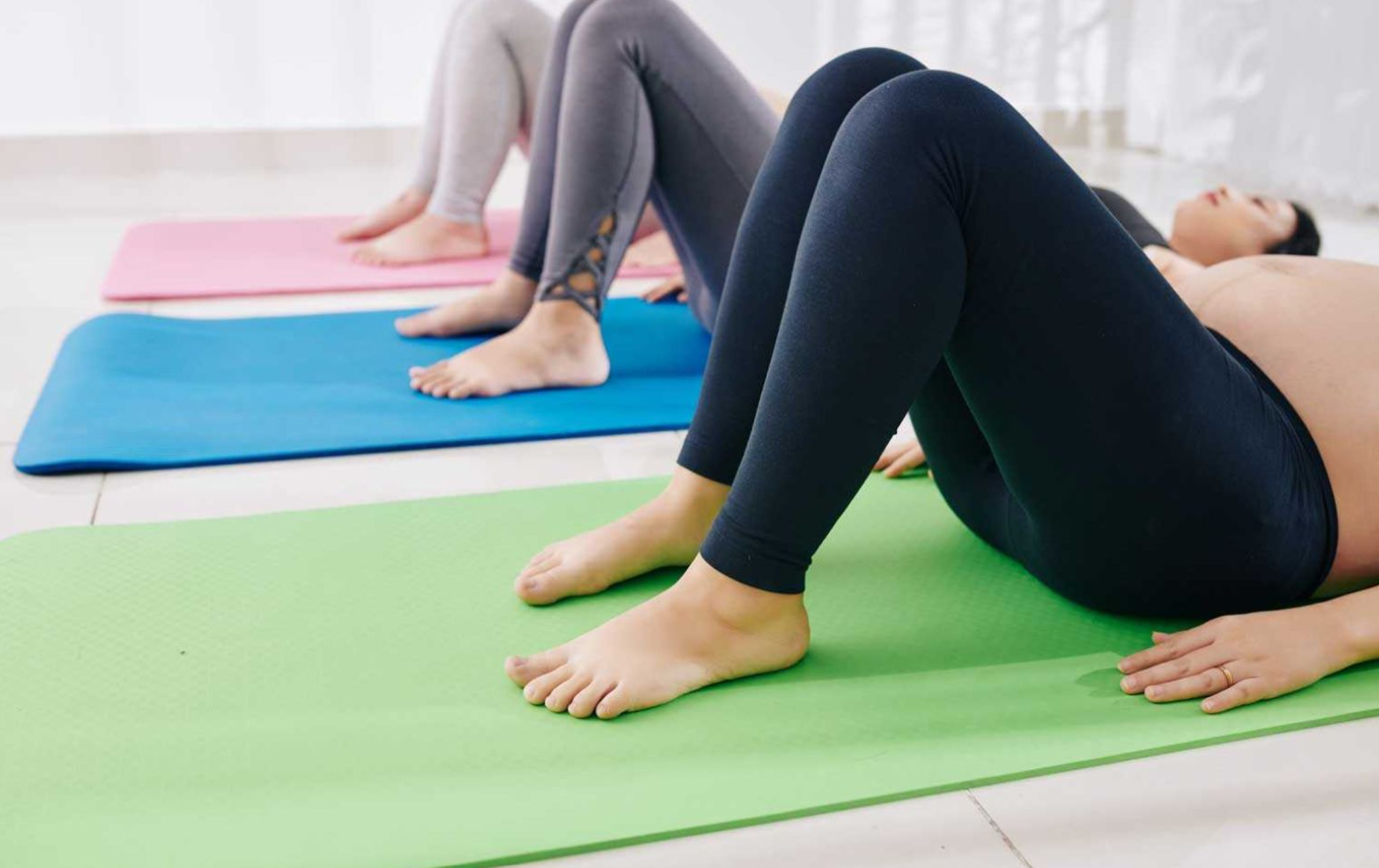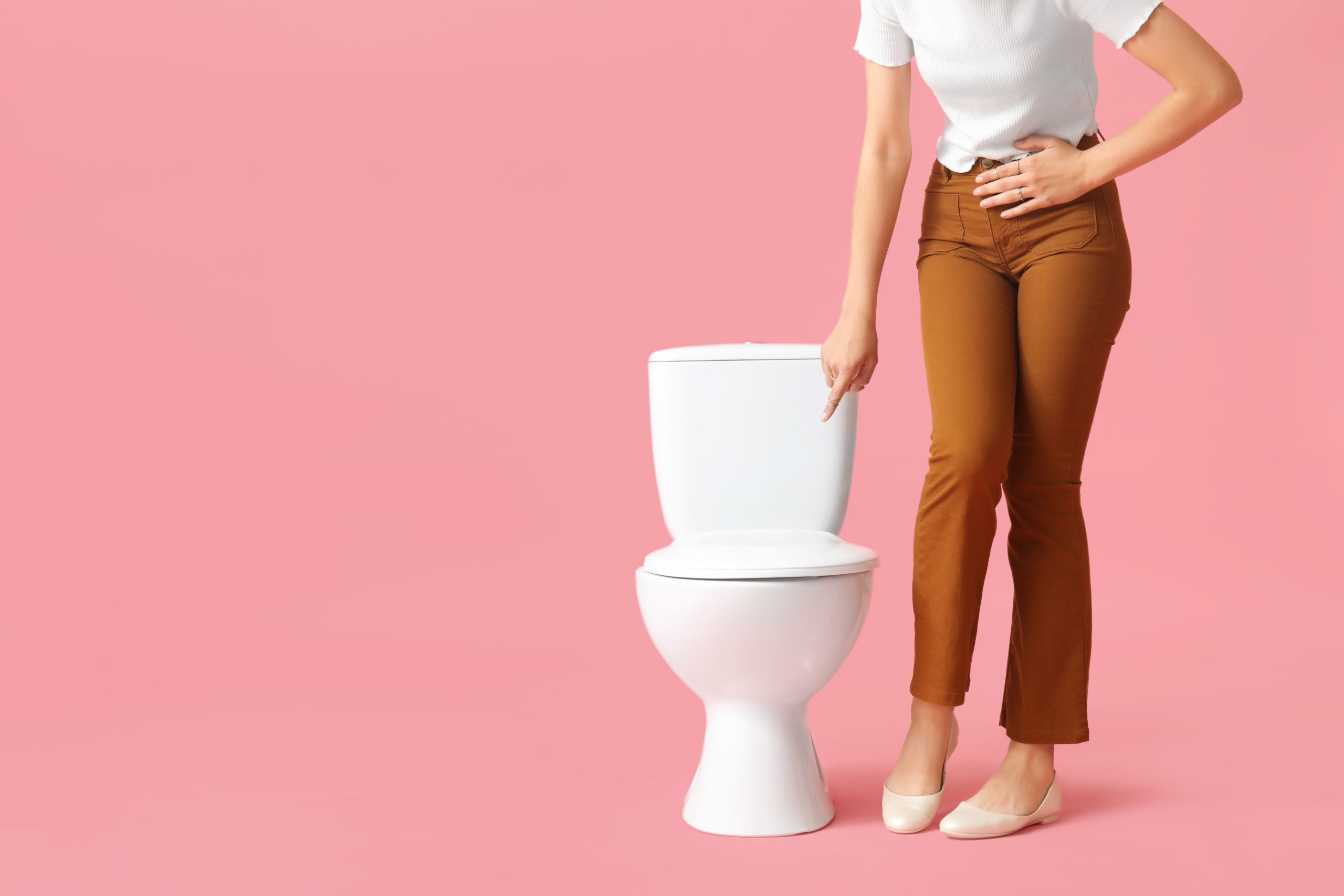
Kegel Exercises
What Are Kegel Exercises?
Kegel exercises, also called pelvic floor muscle training or pelvic floor exercises, are simple exercises you can do to treat bladder problems and improve bowel control. The exercises strengthen the pelvic floor muscles that support the bladder, rectum, and uterus, or the top of the vagina if the uterus has been removed (hysterectomy). These muscles—which stretch like a hammock from the front to the back of your pelvis—can help you avoid releasing urine, stool, or gas at the wrong times.
Should I Do Kegel Exercises?
Many factors, including pregnancy and childbirth, surgery, and getting older, can weaken pelvic floor muscles. If these muscles are weak, you may start to leak small amounts of urine, stool, or gas which is called incontinence.
Kegel exercises strengthen these muscles, helping you to stop these leaks. Studies suggest that pelvic floor muscle training may also improve sexual function.
Pelvic floor muscle training can help both women and men. But in some cases, practicing these exercises may not be a good option. Check with your health care professional before you begin.
How Do I Do Kegel Exercises?
During Kegel exercises, you squeeze, hold, and relax your pelvic floor muscles. Sounds easy, but you may need a little practice before you learn to exercise the right muscles.
Find The Right Muscles
Find your pelvic floor muscles. You may have heard that you can stop your pee mid-stream to help you find the Kegel muscles. While this may help some people find their Kegel muscles, it does not work for everyone, and it can do more harm than good. Stopping your pee mid-stream may lead you to isolate the wrong muscle group so we do not recommend using this method to find your Kegel muscles.
Let your health care professional help you. Many people have trouble finding the right muscles. Your doctor or pelvic floor physical therapist can let you know if you are doing the exercises correctly. They can examine you while you do the exercises to verify you are squeezing the right muscles. They can also recommend exercise aids, such as biofeedback or electrical stimulation. Contact your health care provider for a referral to a pelvic floor physical therapist near you.
Practice The Exercise
Learn the method. It is easier to learn the correct technique first, rather than learn the wrong way and break bad habits later. Instead of self-teaching, it is highly recommended to see a pelvic floor physical therapist before attempting these exercises on your own.
Follow your health care professional’s advice. Kegel exercises can be done in different ways—in terms of how many seconds to hold the squeeze and how many repetitions to do per session. Ask your health care professional for an exercise plan that meets your unique needs and symptoms.
Don’t squeeze other muscles at the same time. Be careful not to tighten your stomach, thighs, or other muscles. Squeezing the wrong muscles can put more pressure on your bladder, making it easier to leak urine. Try to squeeze only your pelvic floor muscles.
Add To Your Daily Routine
Do your pelvic exercises every day, add it to your daily routine. To help remind you to do your exercises every day, consider keeping a daily journal or exercise log to record each time you do the exercises, or consider setting an alarm.
Be patient. Don’t give up. It’s just a few minutes. Like any exercise routine, it can take a little time to build up muscle strength and conditioning. You may not feel your bladder or bowel control improve until after 3 to 6 weeks, but it can take several months for some people. Follow-up with your health care provider if your symptoms do not improve.
Don’t overdo it. Keep doing the exercises, but don’t increase how many you do. Overdoing the exercises can lead to straining when you urinate or move your bowels. Follow the recommended exercise plan provided by your health care professional.
Connect With Us
Check our blog regularly for new posts and follow us on Facebook and Instagram @PeterMLotzeMD for health and wellness tips and more!



